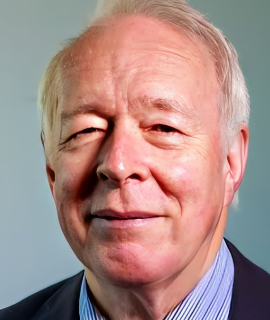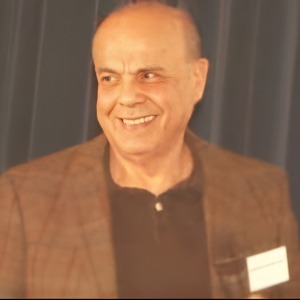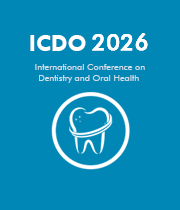Cad In Dentistry
CAD (Computer Aided Design) has had a profound impact on many aspects of modern dentistry. From the fabrication of custom dentures to the digitalizing of workflow to the optimization of dental lab processes, CAD has revolutionized the dental profession. CAD enables dental professionals to create complex treatment plans and digitally model intraoral scans. With the help of CAD software, they can quickly set up 3-D models of a patient’s teeth and create molds of the dental work needed. This dramatically reduces the time and energy required for manually creating custom dentures, bridges, crowns, and other restorative dental treatments. CAD can also help dentists visualize and accurately diagnose oral diseases, injuries, and ailments. Because dental CAD software can make digital models of teeth easier and faster than manual molding, dental workers can save time and energy that would otherwise be spent creating physical models. CAD models can also be instantly sent to dental labs for more rapid production of dental equipment. Furthermore, the accuracy and repeatability of CAD models can make dental treatments and modifications easier. CAD has also opened new opportunities in personalized dentistry. It has helped to expand the range of treatments available to patients, allowing dentists to customize treatments with greater accuracy, faster turnaround, and less discomfort. This includes prosthetic pieces such as dentures and crowns as well as sleep apnea and orthodontic devices. CAD also facilitates less invasive treatments, allowing dentists to plan for implant treatments and surgical procedures with greater precision. In summary, CAD has revolutionized modern dentistry by streamlining the creation and fabrication of dental models, simplifying diagnosis processes, and expanding treatments available to patients. From customizing restorative dental treatments to improving diagnostics and visualizing disease, CAD has become a vital part of the dental profession.

David Geoffrey Gillam
Queen Mary University of London, United Kingdom
Christopher Turner
Spacemark Dental, United Kingdom




Title : Evaluating hygienist follow up for head and neck oncology patients in secondary care: Results from a two cycle audit
Peter Basta, Newcastle Dental Hospital, United Kingdom
Title : Atypical facial pain unravelled
Christopher Turner, Spacemark Dental, United Kingdom
Title : New treatment of temporomandibular disorder through muscle balance and muscle regeneration by activation of quiescent muscle stem cells( satellite cells) with mitochondrial dynamics
Ki Ji Lee, National Reserach Foundation & Busan Medical University, Korea, Republic of
Title : Cutaneous, Cranial, skeletal and dental defects in patients with Goltz syndrome
Ali Al Kaissi, National Ilizarov Medical Research Center for Traumatology and Orthopaedics, Russian Federation
Title : The nature and management of dental erosion in patients with bulimia nervosa
Maya Fahy, The Royal Victoria, School of Dentistry, United Kingdom
Title : A systematic review on the early detection of oral cancer using artificial intelligence and electronic tongue technology
Maryam, Kardan Dental Clinic, Iran (Islamic Republic of)